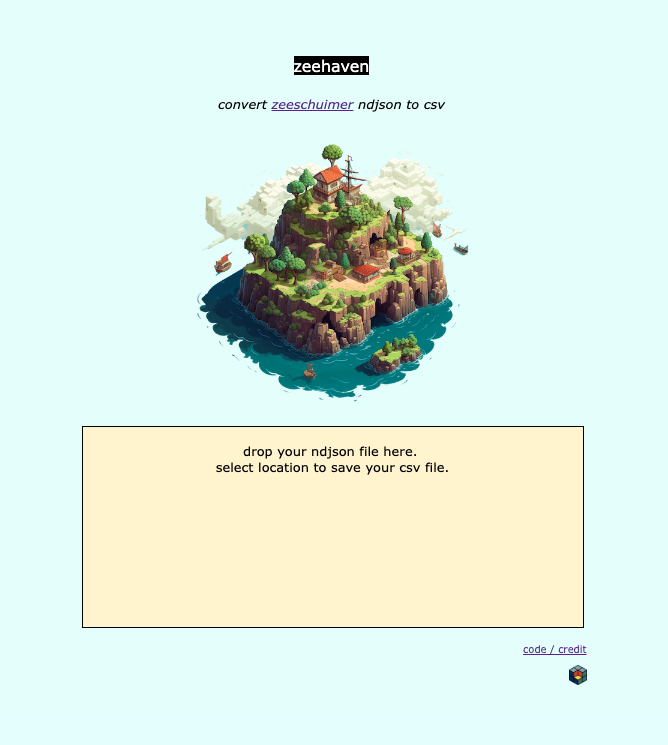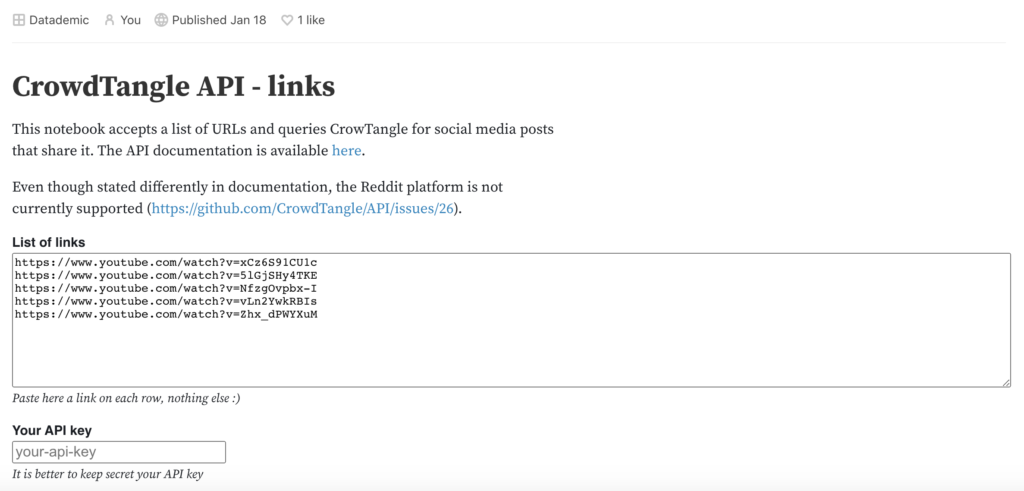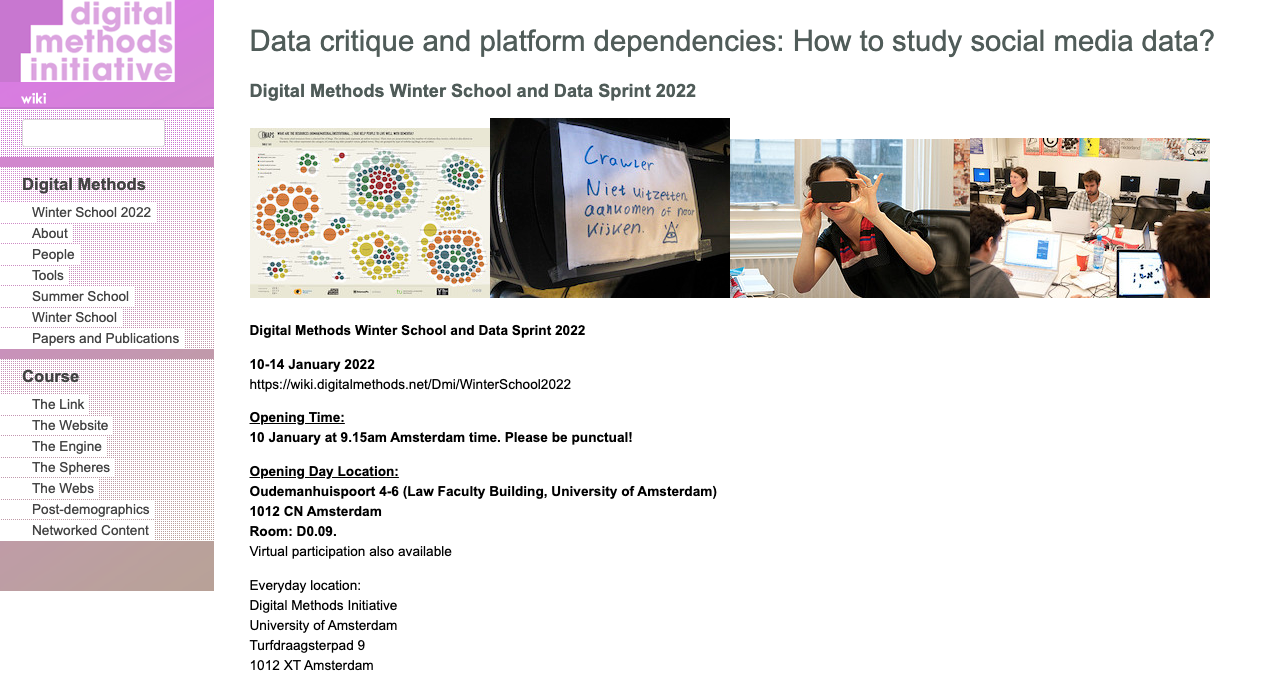The following post is from Judit Varga, Postdoctoral Researcher on the ERC-funded project FluidKnowledge, based at the Centre for Science and Technology Studies, Leiden University.
We would like to invite the Public Data Lab and its network of researchers and research centres to join and contribute to our session about quali-quantitative, digital, and computational methods in Science and Technology Studies (STS) at the next EASST conference 6-9 July 2022.
Fitting with the Public Data Network’s activities, the session starts from the observation that engaging with digital and computational ways of knowing is crucial for STS and related disciplines to study or intervene in them. The panel invites contributions that attempt or reflect on methodological experimentation and innovation in STS by combining STS concepts or qualitative, interpretative methods with digital, quantitative and computational methods, such as quali-quantitative research.
Over the past decade, STS scholars have increasingly benefited from digital methods, drawing on new media studies and design disciplines, among others. In addition, recently scholars also called for creating new dialogues between STS and QSS, which have increasingly grown apart since the 1980s. Although the delineation of STS methods from neighboring fields may be arbitrary, delineation can help articulate methodological differences, which in turn can help innovate and experiment with STS methods at the borders with other disciplines.
We invite contributions that engage with the following questions. What do we learn if we try to develop digital and computational STS research methods by articulating and bridging disciplinary divisions? In what instances is it helpful to draw boundaries between STS and digital and computational methods, for whom and why? On the contrary, how can STS benefit from not drawing such boundaries? How can we innovate STS methods to help trace hybrid and diverse actors, relations, and practices, using digital and computational methods? How can methodological innovation and experimentation with digital and computational methods help reach STS aspirations, or how might it hinder or alter them? What challenges do we face when we seek to innovate and experiment with digital and computational methods in STS? In what ways are such methodological reflection and innovation in STS relevant at a time of socio-ecological crises?
The current deadline for abstract submissions is the 1st of February 2022 7th February 2022 (the deadline has been extended).






